Moving Cat Toys: 5 Devastating Secrets Behind Feline Rejection
You’ve bought the latest moving cat toys, hoping they’ll keep your cat busy for hours. But, to your surprise, they show no interest.
This is a common problem that puzzles many cat owners. If your beloved pet is ignoring their toys, you’re not alone. There are many reasons for this behavior.
This article will look at the 5 shocking reasons why your cat might ignore their moving cat toys. We’ll give you insights to get them interested again and strengthen your bond.
Table of Contents
The Psychology Behind Feline Play Behavior
To understand cat play, we must look at their natural hunting ways. In the wild, cats are expert hunters. They use many strategies to catch their prey.
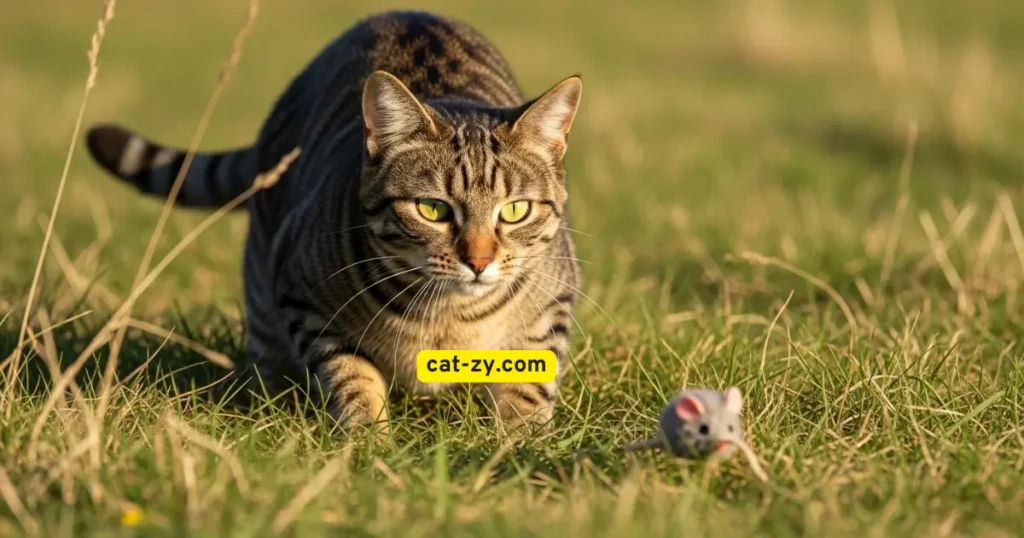
How Cats Hunt in the Wild
Cats are very stealthy and agile. They sneak up on their prey, hiding and then pouncing with great accuracy. This skill is key to their survival.
Stalking and Pouncing Behaviors
The stalking and pouncing act is complex. It needs coordination and instinct. Felines rely on their keen senses, particularly vision and hearing, to locate and ambush their targets.
The Connection Between Play and Predatory Instincts
Domestic cats keep much of their wild hunting behavior, seen in their play. When your cat plays with a toy, it’s using its predatory instincts.
Prey Preferences and Movement Patterns
Felines are attracted to playthings that simulate the motion of their instinctive prey, such as rodents or birds. Self-operating feline playthings prove highly captivating as they replicate these natural motions. Picking the best cat toys that match your cat’s likes can make playtime better.
Popular Moving Cat Toys in Today’s Market
Moving cat toys have evolved, with new features to keep your cat engaged. The market offers many options, all designed to mimic hunting.
Automated vs. Battery-Operated Options
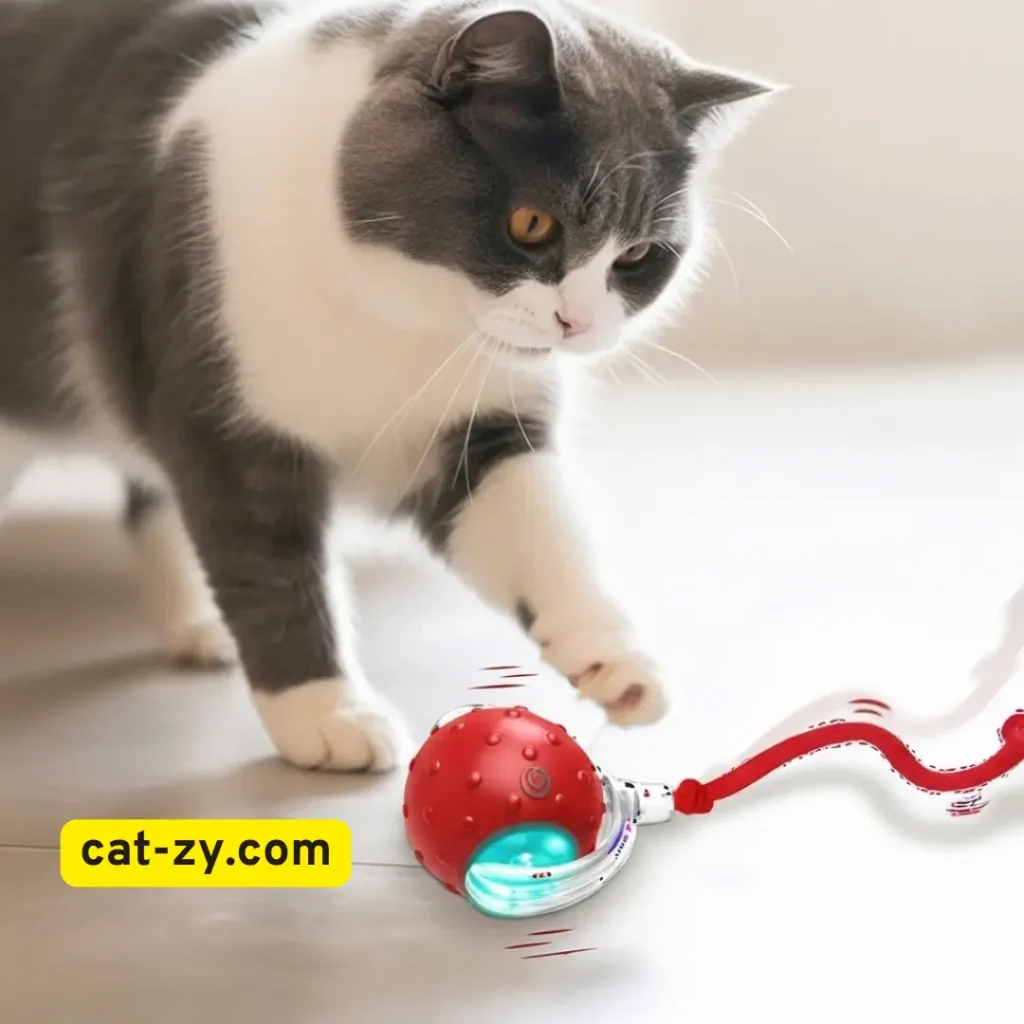
Choosing between automated cat toys and battery-operated toys is key. Automated moving cat toys need a plug and keep moving without battery changes. Battery-operated ones are more flexible and can go anywhere.
Motion-Activated Technology Advancements
Motion-activated technology has made cat toys more interactive. These toys react to your cat’s movements, making playtime more exciting.
Laser-Based Moving Toys
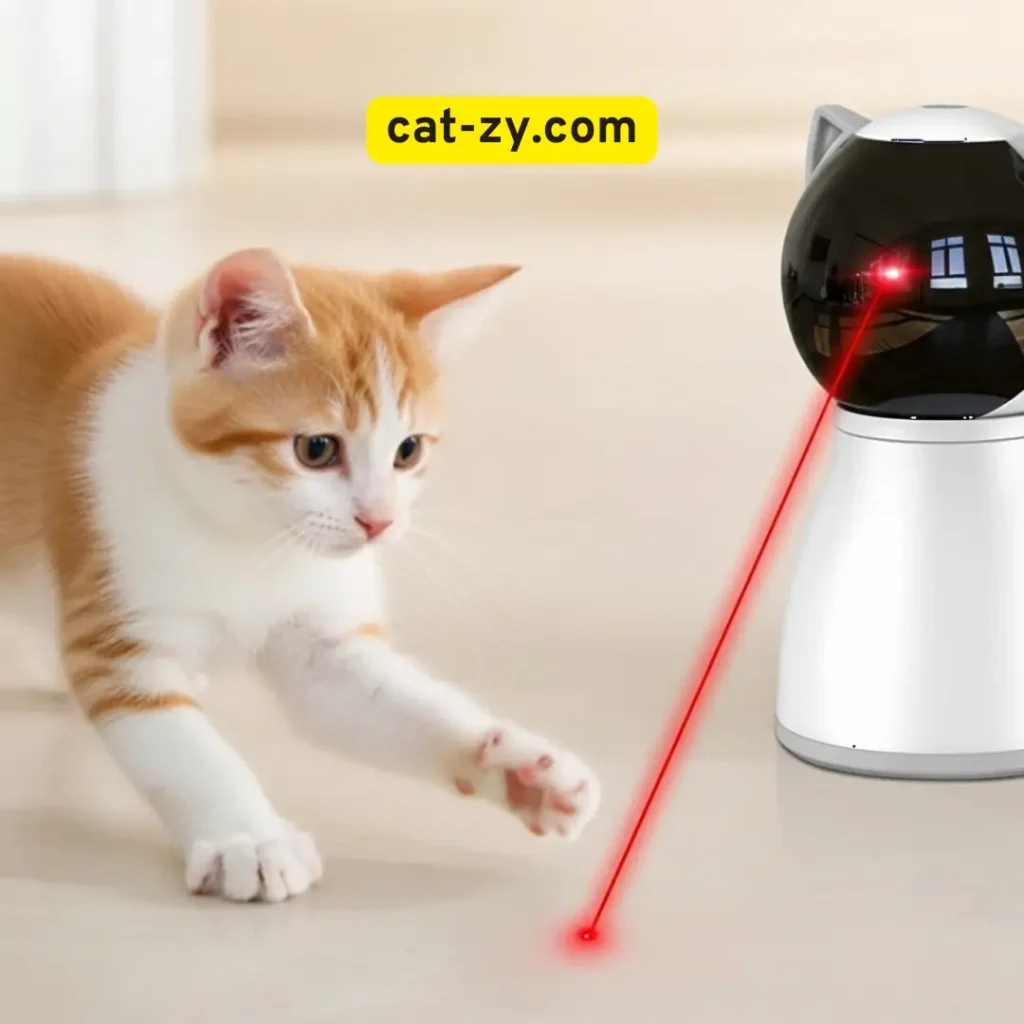
Laser-based toys create a red dot or beam, like prey. They’re very enticing, but use them carefully to avoid stressing your cat.
Robotic and App-Controlled Options
The newest toys are robotic and app-controlled. They move in different ways and can be controlled from afar. This lets you play with your cat even when you’re not home.
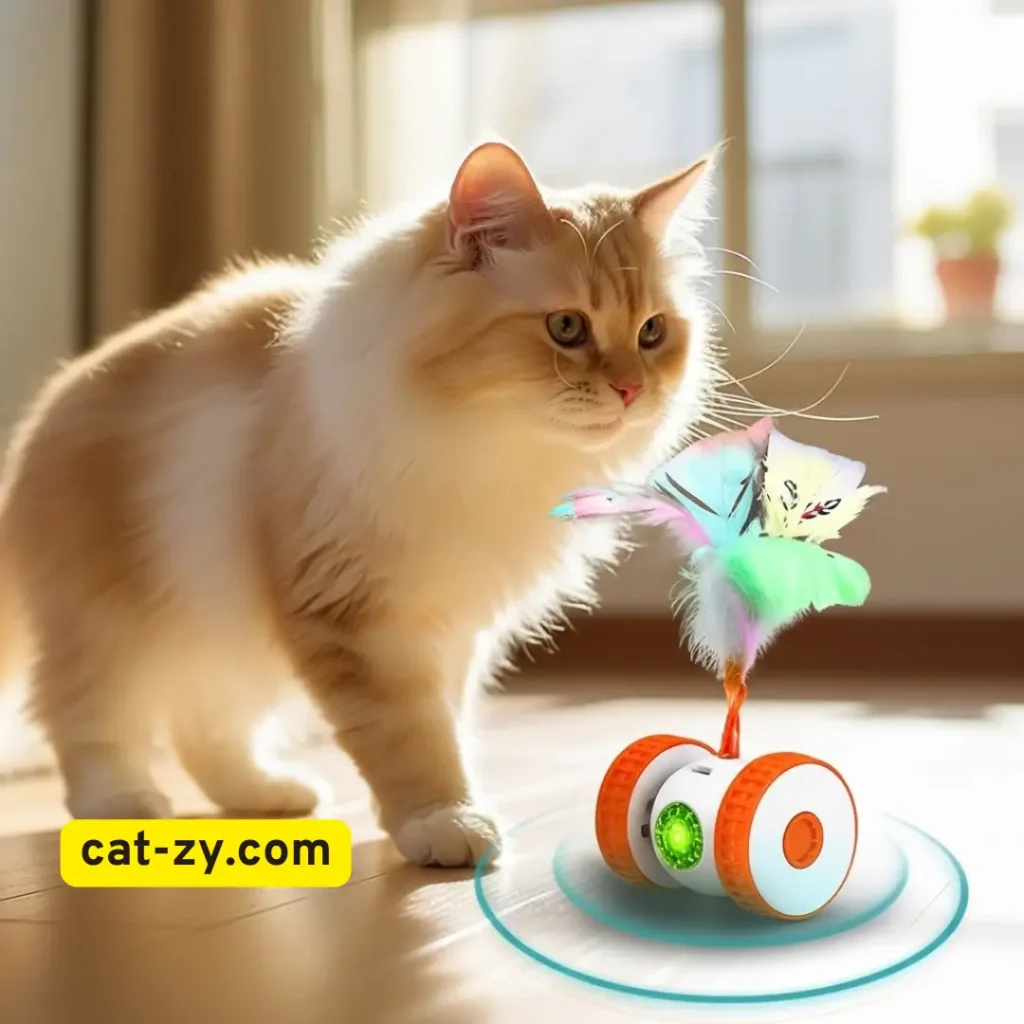
Knowing about these toys helps you choose the best ones for your cat. Such features can transform play sessions into more enjoyable and satisfying experiences for your pet.
Reason 1: Fear and Anxiety – When Moving Toys Trigger Stress
While moving cat toys aim to spark your cat’s hunting drive, they can sometimes cause fear or anxiety instead. The thrill these toys are meant to bring can be lost in the stress they create. This stress can make your cat ignore them.
Identifying Fear Responses in Your Cat
Cats show fear in different ways. It’s important to spot these signs to grasp their behavior around moving toys. Tail tucking, flattened ears, and avoidance are clear signs of anxiety or fear.
Body Language Indicators of Stress
Observing your feline’s physical cues enables you to gauge their anxiety levels. Dilated pupils, hissing, or growling show they’re feeling overwhelmed. Seeing these signs means it’s time to give your cat some space.
The Evolutionary Basis for Toy Avoidance
In the wild, cats are both hunters and hunted. Their fear of threats is deeply rooted. Moving objects can be seen as threats, triggering a fear response. Understanding this insight can enhance your comprehension of their actions.
Creating Safe Introduction Environments
To make your cat comfortable with moving toys, create a safe space for them. Start by introducing the toy from a distance or when it’s not moving. Allow your feline to become familiar with it gradually, following their comfort timeline. Then, slowly increase the interaction, always watching for their response.
By understanding your cat’s fears and anxieties, you can make them more comfortable with innovative cat toys and top-rated cat toys. This can improve their playtime.
Reason 2: Sensory Overload – The Problem with Excessive Stimulation
Some cats find interactive toys too much because of sensory overload. They have a special way of seeing and hearing their world. Their reaction to moving cat toys shows how they feel.
How Cats Process Movement and Sound
Cats are very good at noticing movement and sound. This helped them hunt in the wild. But it can also make interactive cat toys too much for them. This is if the toys are too loud or move too fast.
When Toys Become Overwhelming
For some cats, the thrill of the hunt can quickly turn to stress. This happens if the toy is too intense. It’s more common in cats that are naturally anxious or have had bad experiences with certain sounds or movements.
The Impact of Motor Noise on Sensitive Cats
The noise from some moving cat toys, like those with motors, can overwhelm a cat. Cats hear better than humans, so what seems quiet to us might be too loud for them.
Finding the Right Speed and Motion Pattern
To not stress your cat out, find a toy that moves in a way they enjoy. Some cats like fast, unpredictable movements. Others prefer slower, steadier ones.
By watching how your cat reacts, you can pick interactive cat toys that are fun without being stressful.
Reason 3: Negative Associations and Past Experiences
Negative associations from past experiences can make your cat ignore certain toys. Cats are very sensitive to their surroundings. Their interactions with toys can sometimes lead to unintended consequences.
Memory’s Impact on Toy Preferences
Your cat’s memory greatly influences their toy choices. Past experiences, whether good or bad, can leave a lasting mark. For example, a frightening experience with a toy can make your cat fear it.
This fear can be so strong that just seeing or hearing the toy can scare them. This is why it’s important to pick the best cat toys that won’t scare them.
Breaking the Cycle of Toy Avoidance
To stop your cat from avoiding toys, find out why they’re scared. Once you know, you can start to introduce the toy again slowly. Or, you can bring in new toys that are similar but less scary.
Recognizing Trauma Responses
It’s important to know when your cat is stressed or scared. They might hide, hiss, or avoid certain toys or places. If your cat acts this way around a toy, they’ve likely made a negative connection.
Gradual Desensitization Techniques
Gradual desensitization means slowly getting your cat used to the scary object or situation. Start by showing them the toy from far away. Then, get closer little by little. Reward them with treats for staying calm.
Using automated cat toys can help. They let you control how much your cat interacts with them, keeping them from getting too scared.
Reason 4: Health and Physical Limitations Affecting Play
As your cat gets older, its play habits can change a lot. You might see your cat not wanting to play with motion-activated cat toys as much. This could be because of health issues that make it hard for them to play.
Age-Related Changes in Play Behavior
Cats, like people, get older and change physically. Senior felines may experience reduced mobility and decreased strength. Such limitations create challenges when engaging with rapid-motion playthings or vigorous activities.
Medical Conditions That Reduce Play Drive
Some health problems can also affect your cat’s play. For example, cats with chronic pain might not want to play with popular cat toys. This is because playing can make their pain worse.
Joint Pain and Mobility Issues
Joint pain and mobility problems are common in older cats. These issues can make it hard for your cat to move or react fast to toys. This can lead to less playfulness.
Vision Problems and Moving Toy Interaction
Vision issues can also impact your cat’s play with moving toys. Cats with vision problems might have trouble tracking toys. This can cause frustration and make them lose interest in playing.
Knowing about these health and physical challenges can help you change how you play with your cat. By understanding what your cat is going through, you can make playtime more comfortable and fun. This might help them enjoy interactive toys again.
Reason 5: The Toy Doesn’t Match Your Cat’s Hunting Style
If your cat ignores its moving toy, it might be because the toy doesn’t fit their hunting style. Cats are different in how they hunt. Preferences that suit one feline may prove ineffective for a different pet.
Different Prey Preferences Among Cats
Cats have different likes when it comes to what they hunt. Some like fast, small prey, while others prefer slower, bigger prey. Creative feline playthings that simulate various prey types can satisfy these requirements, increasing your pet’s engagement likelihood.
Mismatched Movement Patterns
The way a toy moves is very important. Cats are drawn to certain movements, like erratic ones. Top-rated cat toys often have different movements to make them seem more real.
Ground Hunters vs. Air Hunters
Some cats like to hunt on the ground, while others prefer toys that fly. Knowing if your cat is a ground hunter or an air hunter helps pick the right toy.
The Importance of Unpredictable Movement
Unpredictable movement keeps your cat interested. Toys that suddenly change direction or speed are more like real prey. This makes your cat’s hunting instinct stronger.
Choosing top-rated cat toys that match your cat’s hunting style can make them more engaged and happy. Regardless of your feline’s preference for ground-level or aerial hunting, suitable creative playthings exist to match their style.
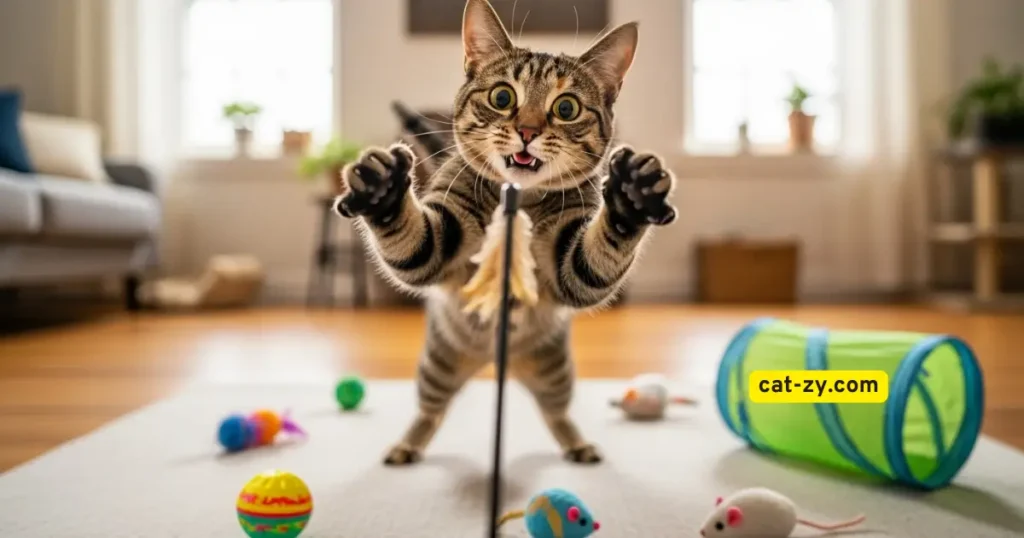
Choosing Ideal moving cat toys for Your Individual Pet
Finding the right moving cat toy is more than just picking one. It’s about knowing what your cat likes. Each feline possesses distinct characteristics and individual entertainment preferences.
Assessing Your Cat’s Play Preferences
To pick the best moving cat toy, you need to know how your cat plays. Watch how they react to different toys and places. Some cats play hard, while others play softly.
Watch how your cat responds to different movements and sounds. Do they like fast or slow toys? Knowing this is very important.
Key Features of Engaging Interactive Toys
Good interactive cat toys have special features. They might have adjustable speeds, different textures, and ways to change how they interact.
Material and Texture Considerations
The fabric composition and surface feel of a moving cat toy can significantly capture your feline’s focus. Some cats love toys with feathers or fabric. Others might like shiny or reflective toys.
Experiment with various surface materials to discover your feline’s preferred tactile experience.
Adjustable Settings for Personalization
Toys with adjustable settings let you make the play experience just right for your cat. You can change the speed, direction, and pattern of the toy.
Customizing the toy is important to keep your cat interested. By adjusting the settings, you can make sure the toy stays fun and challenging.
Effective Strategies to Revive Interest in Interactive Toys
If your cat has lost interest in interactive toys, there are ways to get them excited again. These toys are vital for a cat’s mind and body. Keeping them interested is essential for a happy, healthy pet.

The Power of Positive Reinforcement
Positive reinforcement is a great way to get your cat to play with toys. By linking play with rewards, you create a cycle that encourages them. Using treats and praise when they play can really boost their interest.
Using Treats and Catnip as Motivators
Treats and catnip are big motivators for many cats. Adding these to playtime makes toys more appealing. For example, catnip on a toy or treat-dispensing toys can make play more fun. This not only gets them interested but also makes playtime more enjoyable.
Creating a Consistent Play Schedule
Having a regular play schedule is key to keeping your cat interested in moving cat toys. Cats like routine, and a set schedule keeps them engaged. Setting aside dedicated time each day for play can really help.
Combining Human Interaction with Automated Play
Automated cat toys can be fun, but adding human interaction makes them even better. Playing with your cat using these moving cat toys strengthens your bond. For example, using a laser pointer or an automated toy with your cat makes play more exciting.
By using these strategies, you can make interactive toys exciting for your cat again. Whether it’s through positive reinforcement, a regular play schedule, or mixing human interaction with automated play, there’s a way to meet every cat’s needs.
Conclusion: Enhancing Your Bond Through Interactive Play
Understanding your feline’s preferences and requirements forms the foundation for a deeper connection. Interactive play, like with motion-activated cat toys, is a great way to do this. By understanding why your cat might not like some toys, you can pick better ones for them.
Popular moving cat toys that act like prey or move in fun ways can really get your cat excited. Adding these to your playtime can make your cat more interested in playing. This not only keeps them happy and healthy but also brings you closer together.
Trying out different motion-activated toys can help you see what really grabs your cat’s attention. This personal touch in play can make your bond with your cat even stronger. It leads to a more rewarding relationship between you and your furry friend.
FAQ
What are the best interactive cat toys for my feline companion?
The top interactive cat toys have motion-activated tech. This includes automated or robotic toys and laser-based toys that mimic prey. The PetSafe SlimCat Interactive Toy and the Froodle Robot Cat Toy are great choices.
How can I introduce a new moving cat toy to my cat without causing stress?
Start by letting your cat get used to the toy when it’s off. Then, slowly turn it on at low speed. Reward your cat with treats for staying calm.
Why does my cat ignore certain moving cat toys, but engage with others?
Cats like different movements, speeds, and textures. If a toy doesn’t match their hunting style, they might ignore it. Try different toys to see what your cat likes best.
Can automated moving cat toys be used for cats with physical limitations or health issues?
Yes, automated toys can be good for cats with health issues. They offer fun without too much effort. Just pick toys with adjustable speeds and patterns to fit your cat’s needs.
How often should I replace or rotate my cat’s interactive toys to keep them engaged?
Rotate toys every few days or weeks to keep play exciting. Introducing new toys or old favorites can also keep things interesting and prevent boredom.
Are there any safety concerns I should be aware of when using moving cat toys?
Absolutely, remain vigilant about playthings containing tiny components, pointed surfaces, or entanglement hazards. Always watch your cat while they play and make sure the toy fits their age and size.
How to make a moving fish cat toy
Create a DIY moving fish cat toy by starting with fish-shaped fabric or felt. Insert a small vibrating motor from electronics stores or disassemble an old moving cat toy for parts. Stuff with cotton batting and catnip, securing the motor in the center. Sew closed, leaving access to the power switch. Add a fabric tail with feathers for realistic movement. This homemade moving cat toy will wiggle like real fish, triggering your cat’s hunting instincts while being customizable to their preferences.
Why does my cat yell when moving toys?
Cats vocalize during play with moving cat toys primarily due to excitement and hunting arousal. Meowing, chirping, or chattering indicates your moving cat toy has successfully triggered their predatory instincts. However, excessive yelling may signal overstimulation or frustration when they can’t “catch” their prey. Happy chattering shows positive engagement, while stressed sounds indicate you should reduce toy speed or take breaks. Monitor your cat’s body language alongside vocalizations to distinguish between playful excitement and stress signals during moving cat toy sessions.

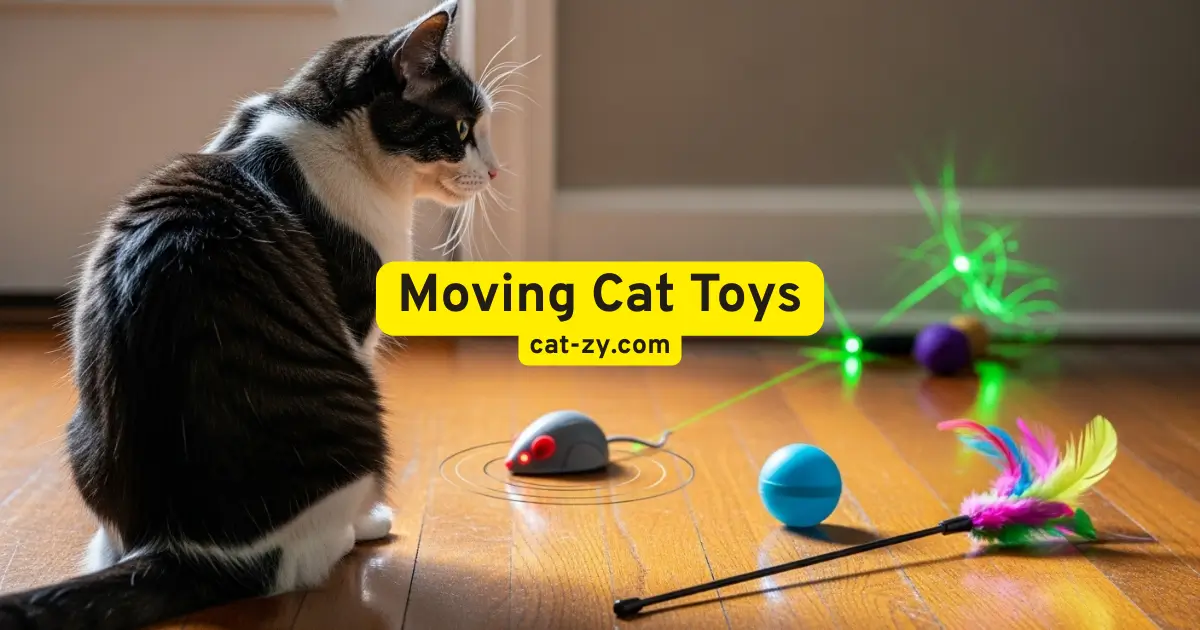
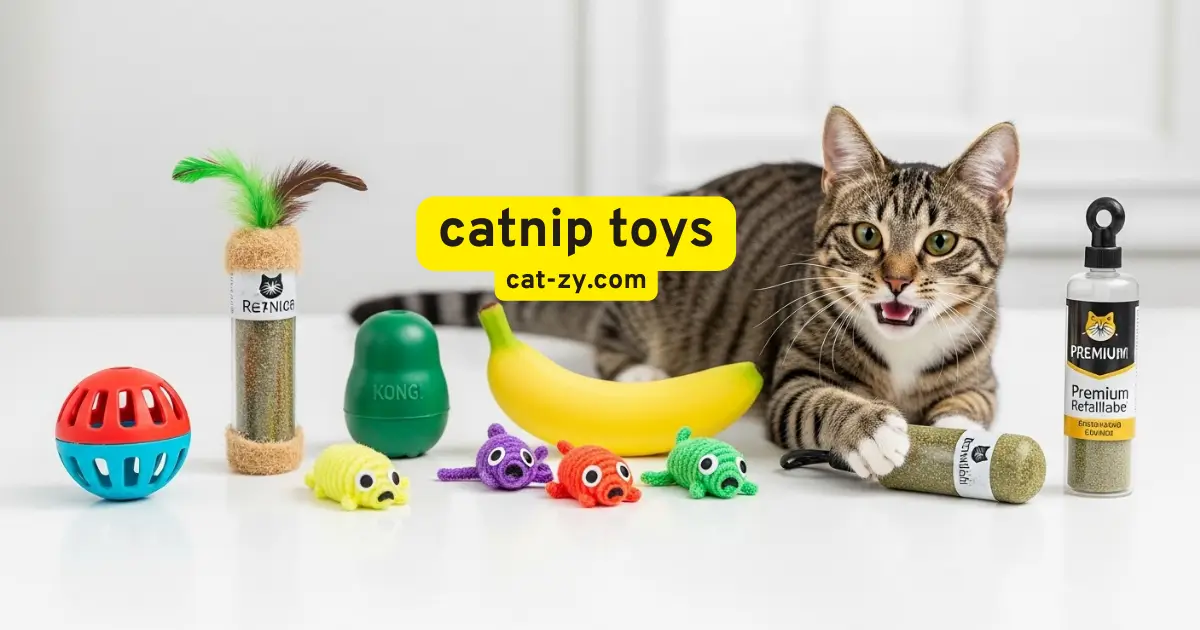
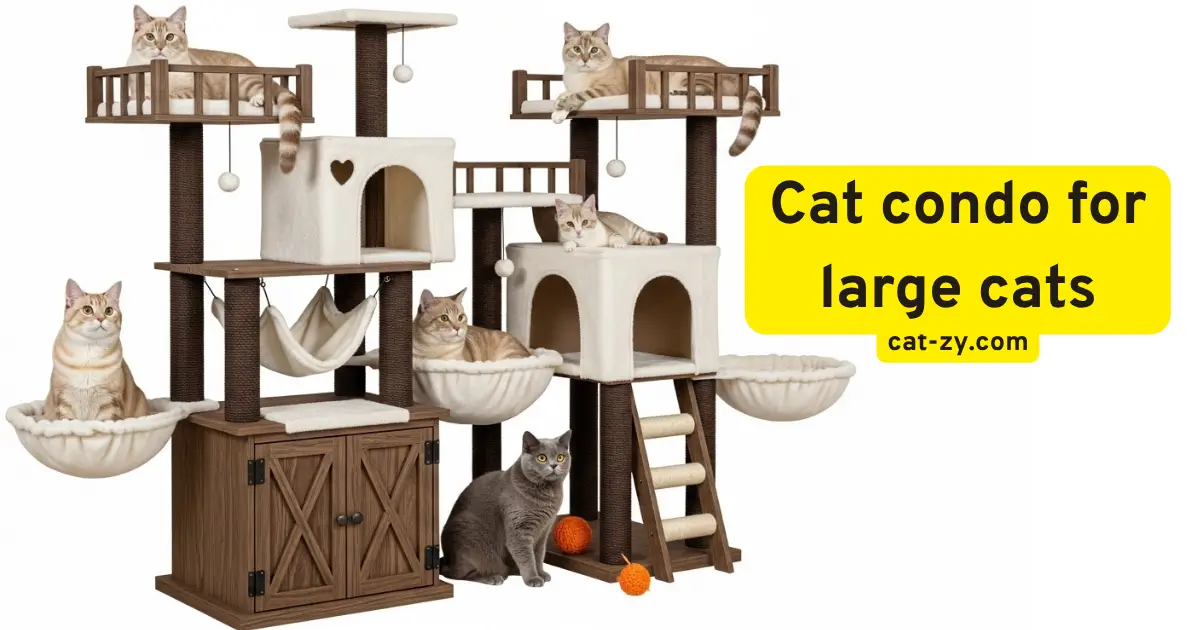
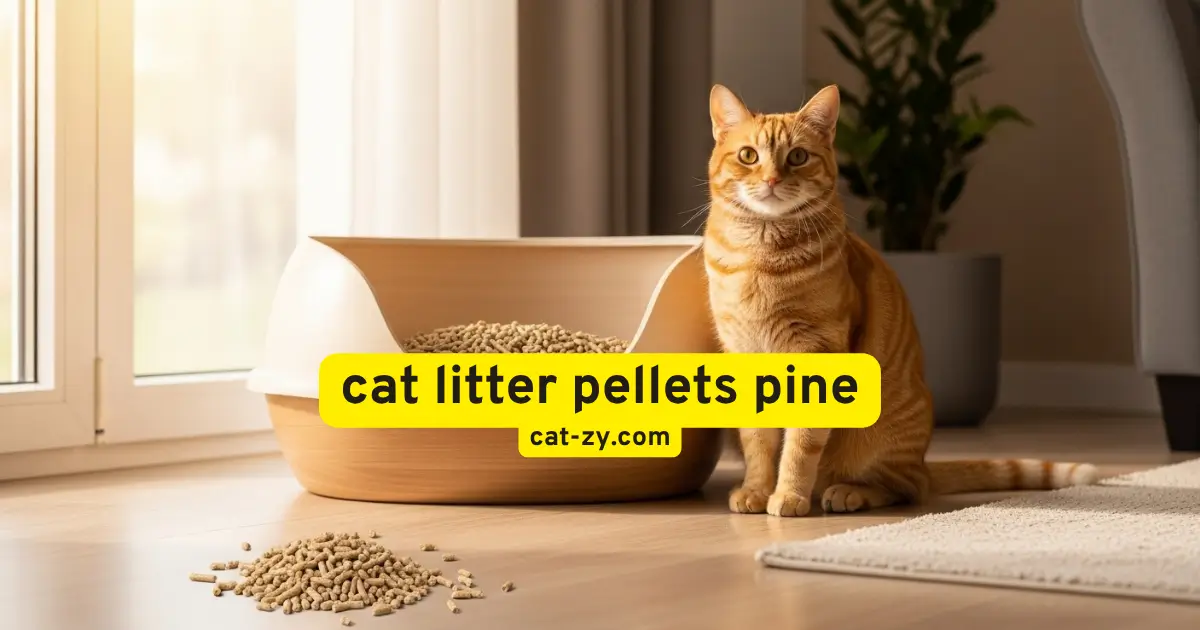
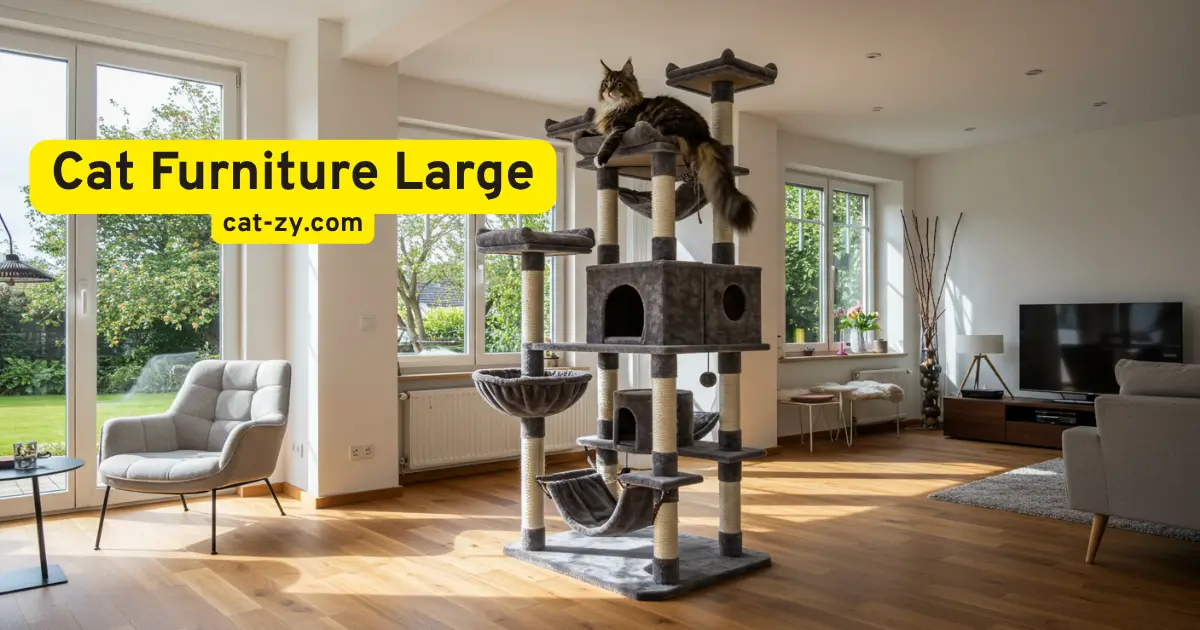
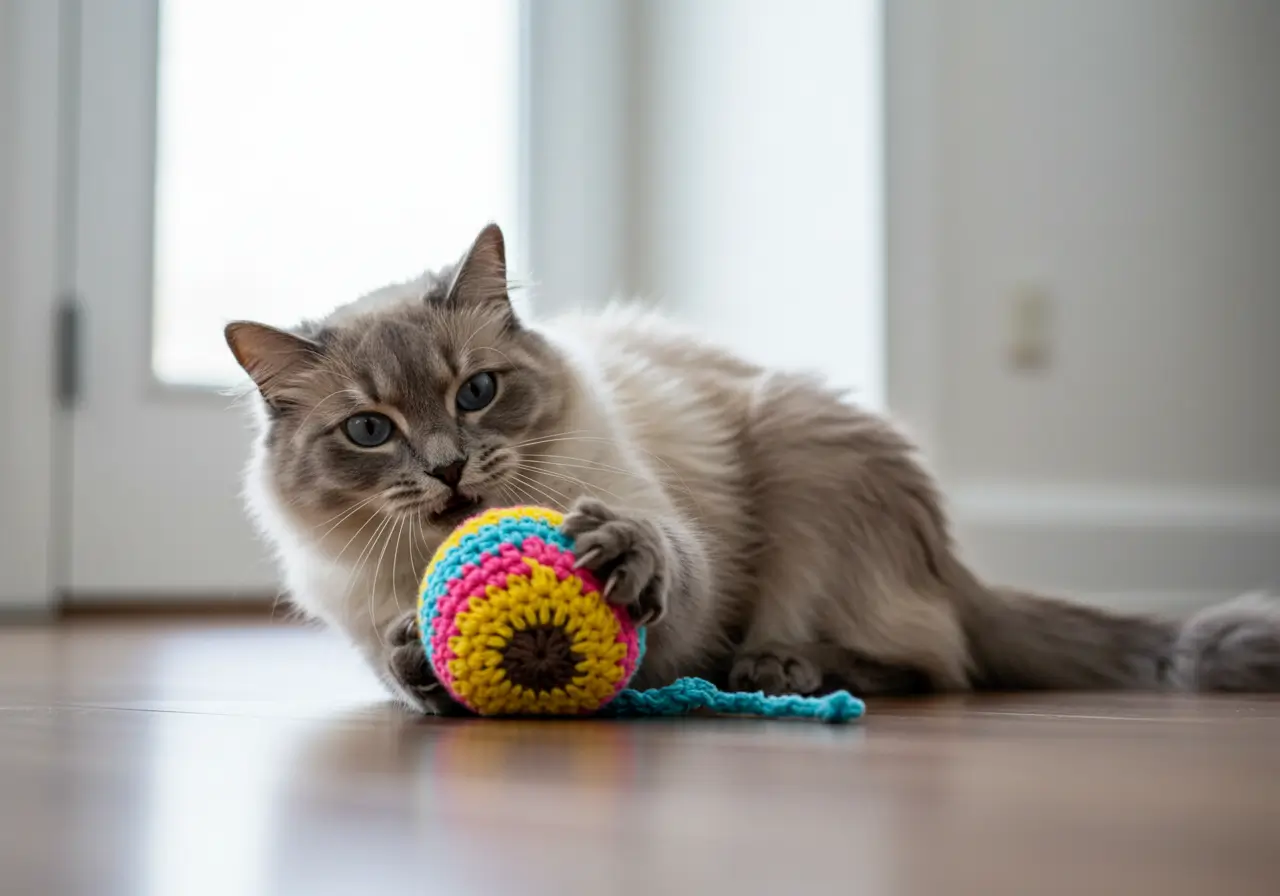
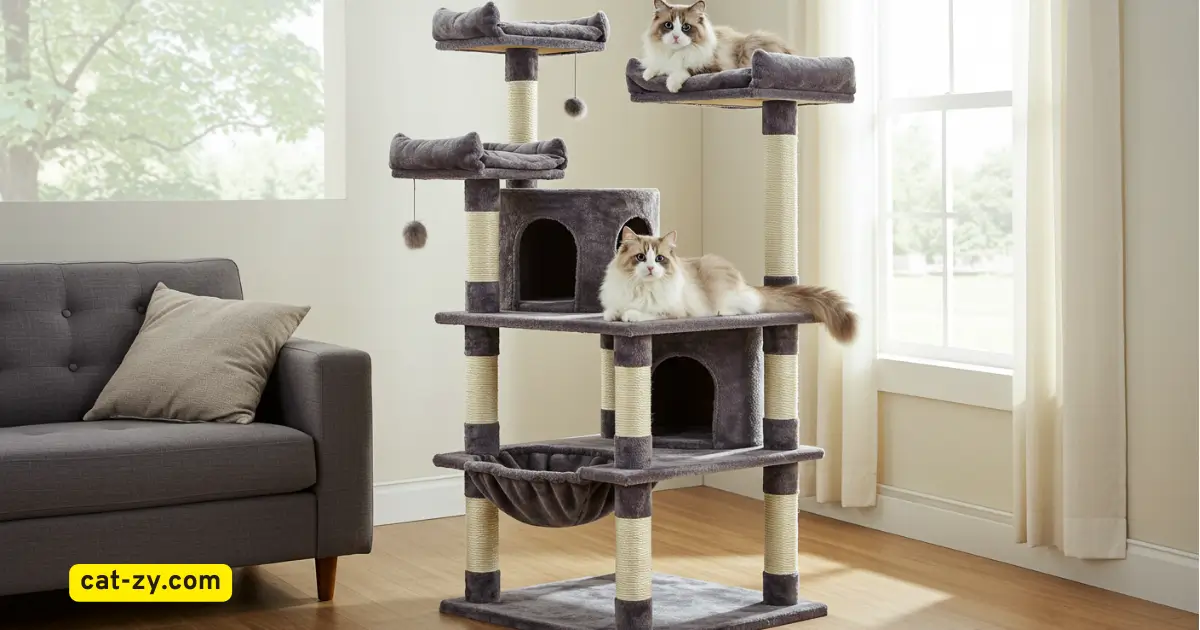
One Comment
Comments are closed.